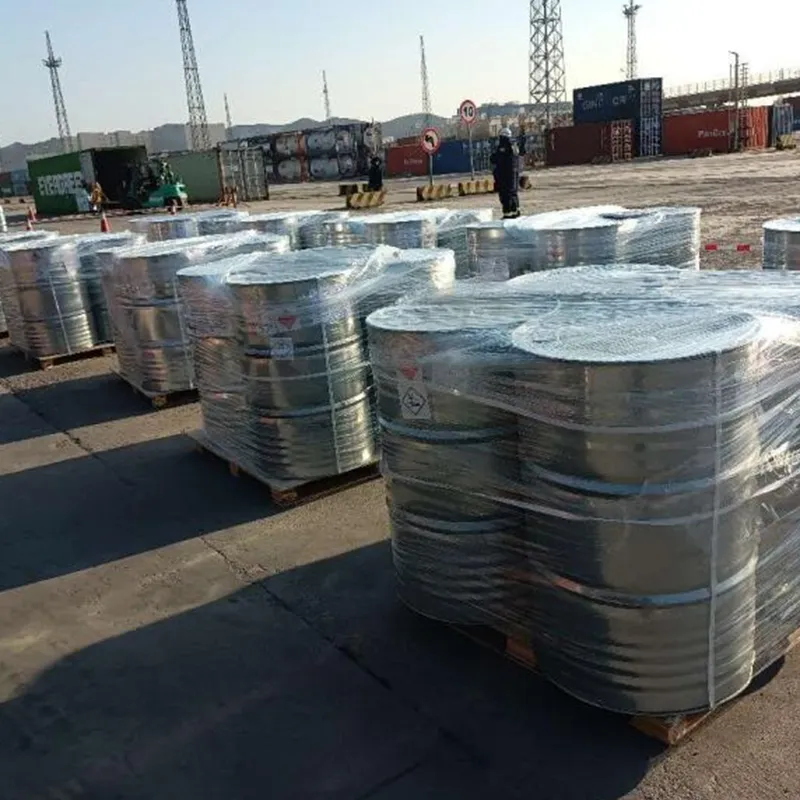
preservative used for curing meat
The Role of Preservatives in Curing Meat
Curing meat is an age-old method that not only enhances flavor but also prolongs shelf life. Over the centuries, various methods have evolved, with the use of preservatives playing a crucial role. This article delves into the types of preservatives commonly used in the meat curing process, their functions, and the implications for health and safety.
Understanding Meat Curing
Curing involves the application of salts, sugars, nitrates, and in some cases, seasonings to preserve meat. The primary purpose of curing is to inhibit the growth of harmful bacteria, particularly Clostridium botulinum, which can lead to botulism if consumed. Additionally, curing improves the texture and flavor of meat, making it more palatable and appealing.
Common Preservatives Used in Curing
1. Salt The most traditional and widely used preservative, salt draws moisture out of the meat, creating an inhospitable environment for bacteria. It also enhances flavor and helps in the development of a firm texture. When used in sufficient quantities, salt can effectively preserve meat for months, if not longer.
2. Nitrates and Nitrites Sodium nitrate and sodium nitrite are synthetic preservatives frequently used in the curing process. They not only preserve meat but also impart a distinctive pink color and characteristic cured flavor. Nitrates are eventually converted to nitrites in the meat, which then react with myoglobin, the protein responsible for the meat's red color. While nitrites play a crucial role in preventing the growth of harmful bacteria, they have been associated with health concerns, particularly their role in forming carcinogenic nitrosamines under certain conditions.
3. Sugar Sugar is often used in conjunction with salt in curing recipes. While primarily used for flavor enhancement, it also works to draw out moisture and create a barrier against bacterial growth. The use of sugar can create a sweeter profile in products like ham and bacon, balancing the saltiness.
preservative used for curing meat

4. Ascorbic Acid This antioxidant, also known as vitamin C, is sometimes used in meat curing to inhibit the formation of nitrosamines, thereby making the curing process safer. It helps maintain the color of the meat, ensuring products are visually appealing.
5. Liquid Smoke For flavor enhancement, liquid smoke is often added to cured meats. It not only imparts a smoky flavor but can also serve as a mild preservative, given its antimicrobial properties.
Health and Safety Considerations
While preservatives play a vital role in meat curing, there are health considerations that consumers should be aware of. The consumption of cured meats has been linked to various health risks, particularly due to the presence of nitrates and nitrites. Research has shown that excessive intake of these compounds can increase the risk of certain cancers. As such, regulatory bodies advise moderation in the consumption of cured meats.
Another important aspect to consider is the differences between natural and synthetic preservatives. Recent trends have led to a rising preference for natural curing agents, with many producers opting for celery powder or sea salt, which contain naturally occurring nitrates. These alternatives have gained popularity among health-conscious consumers seeking to avoid synthetic additives.
Conclusion
Preservatives are indispensable in the meat curing process, ensuring enhanced flavor and safety. Salt, nitrates, nitrites, sugar, ascorbic acid, and liquid smoke each serve unique roles in preventing spoilage and promoting desirable qualities in cured meats. However, awareness of the health implications associated with these preservatives is crucial. With the growing demand for natural and healthier options, the meat curing industry continues to evolve, offering consumers a wider range of choices. Whether you are a meat enthusiast or a casual consumer, understanding the role of preservatives can help you make informed decisions about the cured meats you enjoy.
-
Understanding Synthetic Rubber OptionsNewsApr.27,2025
-
Trichloroisocyanuric Acid: Essential for Clean and Safe WaterNewsApr.27,2025
-
Sodium Dichloroisocyanurate: Key to Safe Water TreatmentNewsApr.27,2025
-
Sodium Acid Pyrophosphate: Essential in Modern Food ProcessingNewsApr.27,2025
-
Essential Water Treatment ChemicalsNewsApr.27,2025
-
Denatured Alcohol and Its Industrial UsesNewsApr.27,2025
-
The Versatile Uses of Sodium BicarbonateNewsApr.24,2025
Hebei Tenger Chemical Technology Co., Ltd. focuses on the chemical industry and is committed to the export service of chemical raw materials.
-

view more DiethanolisopropanolamineIn the ever-growing field of chemical solutions, diethanolisopropanolamine (DEIPA) stands out as a versatile and important compound. Due to its unique chemical structure and properties, DEIPA is of interest to various industries including construction, personal care, and agriculture. -

view more TriisopropanolamineTriisopropanolamine (TIPA) alkanol amine substance, is a kind of alcohol amine compound with amino and alcohol hydroxyl, and because of its molecules contains both amino and hydroxyl. -

view more Tetramethyl Thiuram DisulfideTetramethyl thiuram disulfide, also known as TMTD, is a white to light-yellow powder with a distinct sulfur-like odor. It is soluble in organic solvents such as benzene, acetone, and ethyl acetate, making it highly versatile for use in different formulations. TMTD is known for its excellent vulcanization acceleration properties, which makes it a key ingredient in the production of rubber products. Additionally, it acts as an effective fungicide and bactericide, making it valuable in agricultural applications. Its high purity and stability ensure consistent performance, making it a preferred choice for manufacturers across various industries.











